I spent three hours with the new Fujifilm X-T30 III — this could be the mid-range mirrorless to beat
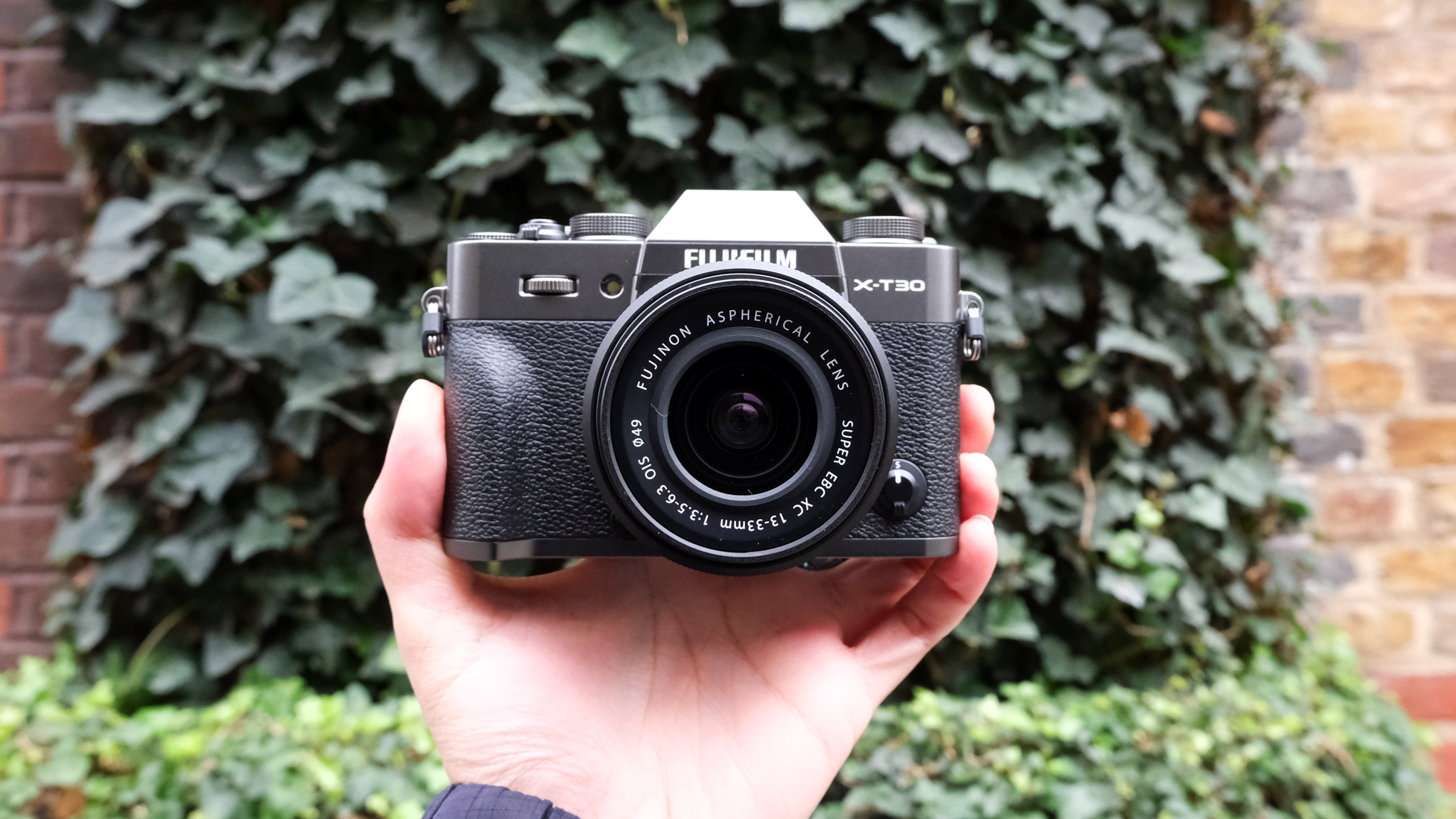
This morning, Fujifilm revealed its new camera and the successor to the four-year-old Fujifilm X-T30 II — a camera that spent a long time on our roundup of the best mirrorless cameras. That’s right: the Fujifilm X-T30 III is here. As with other recently launched Fuji cameras, I attended a product briefing where I got to spend three hours with the latest addition to the X-T lineup. And I won’t lie, I was expecting Fuji to reveal maybe the successor to the Fujifilm X-T5, or even the long-rumored X-Pro 4 — what I wasn’t expecting was the X-T30 III, only because I thought the X-T50 was the X-T30 II’s replacement.
But I love being proven wrong (sometimes… rarely), and having spent a short time with the X-T30 III, I’m slightly enamored with it. It handles beautifully (like its predecessors), it looks stunning and retro (like its predecessors), and it takes gorgeous photos (... like its predecessors). The 26MP sensor from the X-T30 II and accurate color reproduction alongside 20 film simulation recipes make for a formidable snapper. Oh, and it’s extremely easy to use too, so it’s fit for purpose as both a family-friendly camera for casual photography and an enthusiast's tool.
I haven’t spent ages with the camera yet, as that will happen once we receive our review unit, but I have a few initial thoughts. Spoiler alert: they’re mostly positive. Without further ado, let me take you through my first impressions of the X-T30 III…
A quick rundown
- What is it? The Fujifilm X-T30 III is the latest addition to the X-T lineup, and it succeeds the Fujifilm X-T30 II which came out in 2021 and was discontinued in June 2025. It’s the little sibling to the Fujifilm X-T50, and it retains the X-T30 II compact design. With a 26MP X-Trans CMOS 4 sensor, the same as in the X-T30 II, Fuji has added the latest X Processor 5 to the X-T30 III, and a film simulation dial has replaced the old Drive dial.
- Who is it for? The X-T30 III is an entry-level camera and, according to Fujifilm, it’s designed primarily for stills photography and everyday use, and those who want to capture their family, pets and travels. The camera is accompanied by a new XC 13-33mm F3.5-6.3 OIS lens, making it great for wide-angle landscapes too.
- How much does it cost? The X-T30 III’s body is priced at $999 / £829, and the kit with the lens retails for $1,149 / £999. Surprisingly, the body costs nearly the same as the Fujifilm X half which is a vastly different digital camera. I also think it’s great value for money as it’s the cheapest X-T camera (barring second-hand or refurbished ones, of course). This is a step up in price from the X-T30 II, which cost $999 with a lens when it launched a few years back.
- When is it available to buy? The X-T30 III will be available to purchase starting 20 November, 2025, and if you want to buy the XC 13-33mm lens on its own, you’ll be able to do so in February 2026.
Same old tricks… but better
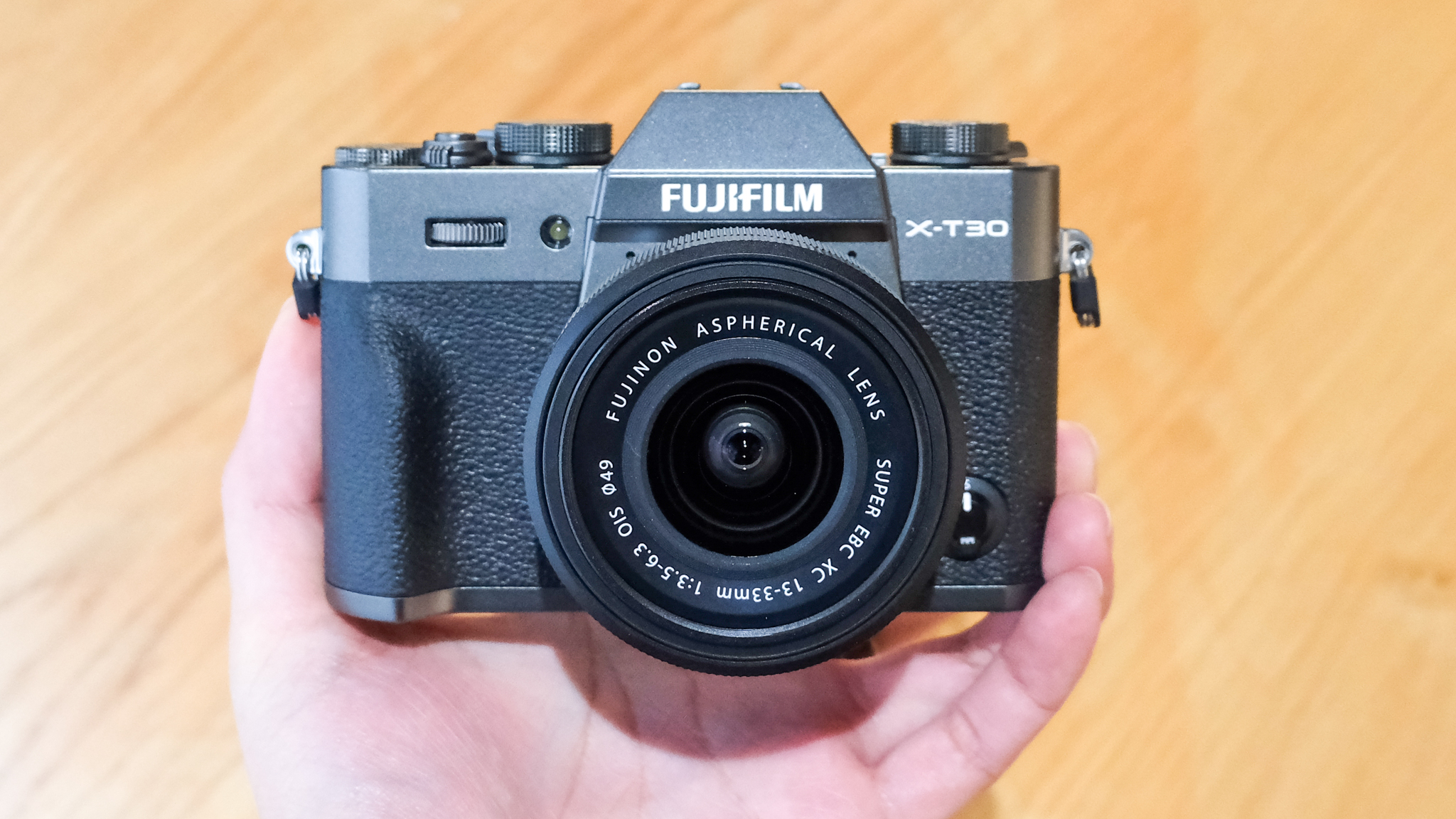
Upon first glance, the Fujifilm X-T30 III looks identical to its predecessor, the X-T30 II, and that’s because both cameras are the same size and weight — the bodies are, at least. The X-T30 III weighs 13.22oz, making it 2.33oz lighter than the X-T50. The new XC 13-33mm kit lens is very light at just 4.4oz, and with it mounted, the camera weighs 17.74oz, so it’s very light and easy to travel with.
But just because it’s light doesn’t mean it doesn’t handle well. I used the X-T30 III to shoot the streets of London, U.K., and I adore how it handles. It feels premium and sturdy to hold, with great weight distribution.
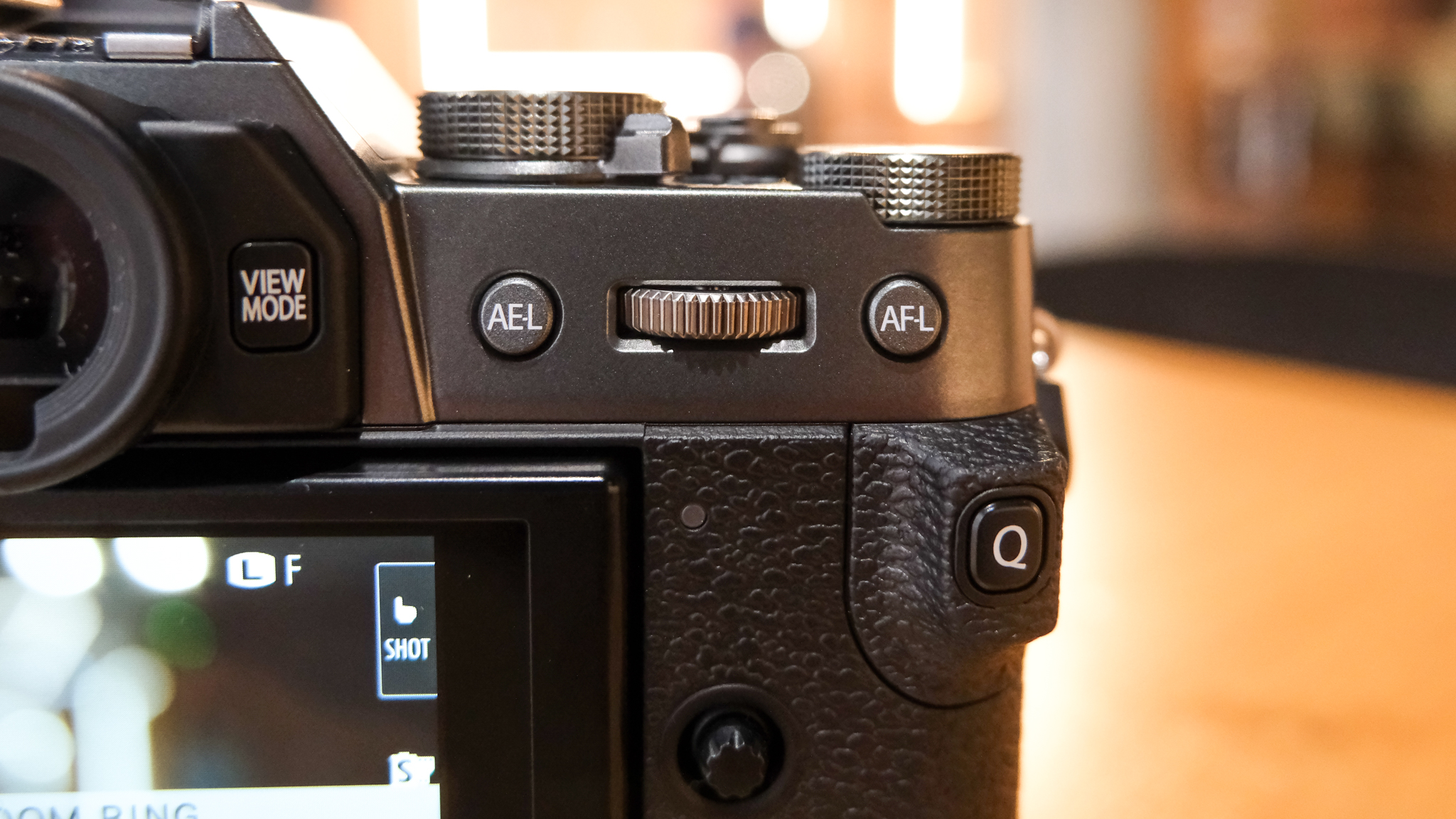
The X-T30 III also features the X-Processor 5, which is Fujifilm's latest image processor and provides more advanced AF features (such as subject detection) as well as reduced power consumption and therefore better battery life.
Similar to the X-T50, a dedicated film simulation dial replaces the old Drive dial on the left-hand side of the top plate, giving you quick access to 20 film recipes (versus 18 on the X-T30 II) including three custom ones.
Get instant access to breaking news, the hottest reviews, great deals and helpful tips.
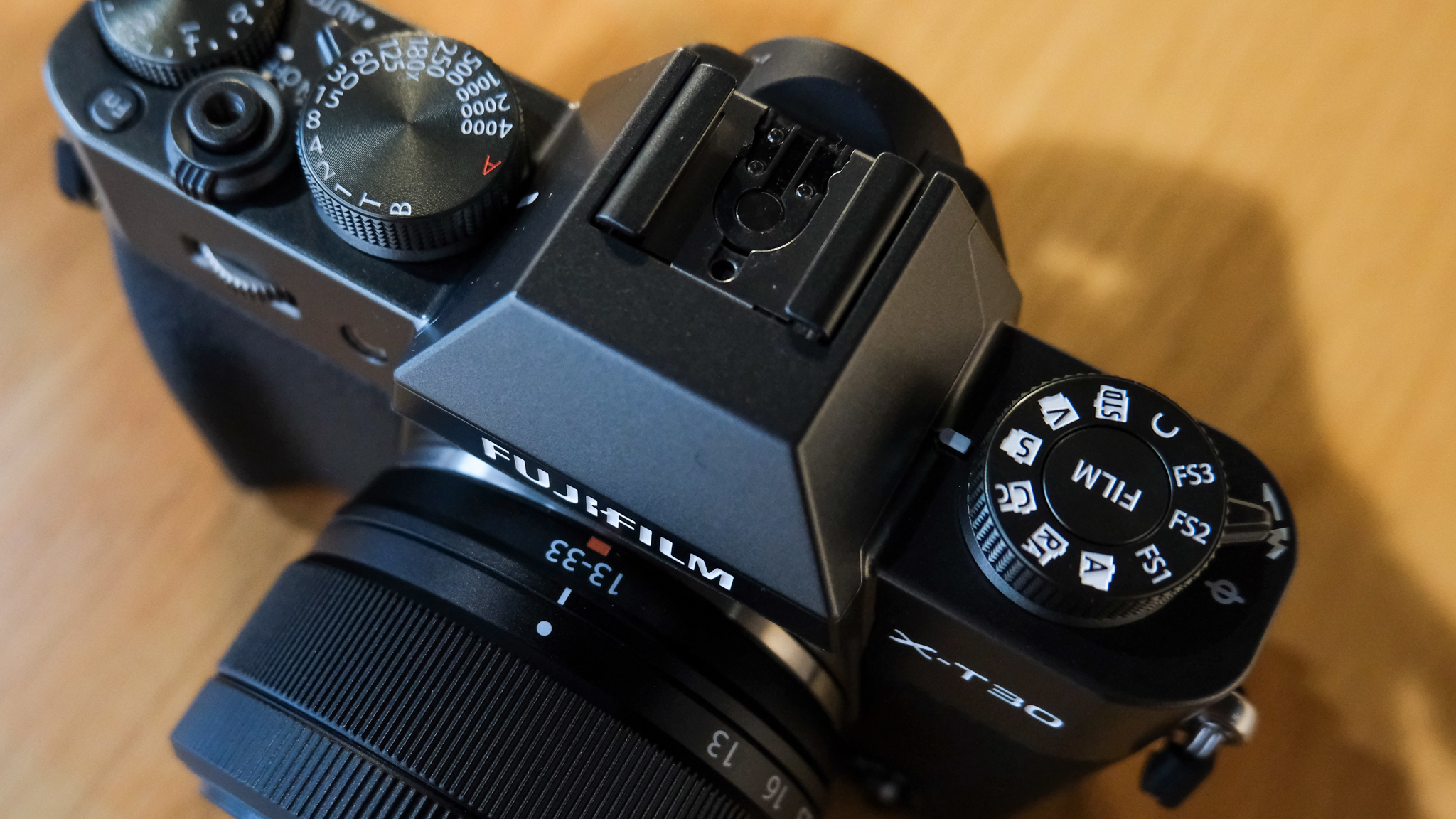
Look, you can hate on it all you want, but I really appreciate the film simulation dial, only because I’m so used to using it on my X-T50 (and because Fuji’s color science is unmatched, in my opinion).
So where does the Drive dial go? Just like on the X-T50, the Delete button doubles as the Drive button, enabling you to choose between 30fps burst shooting, 6.2K/30p video, and other shooting modes. The X-T30 III handles excellently, and I found it very comfortable to use the entire time I was photographing the streets of London, U.K.
So is it just another X-T50?
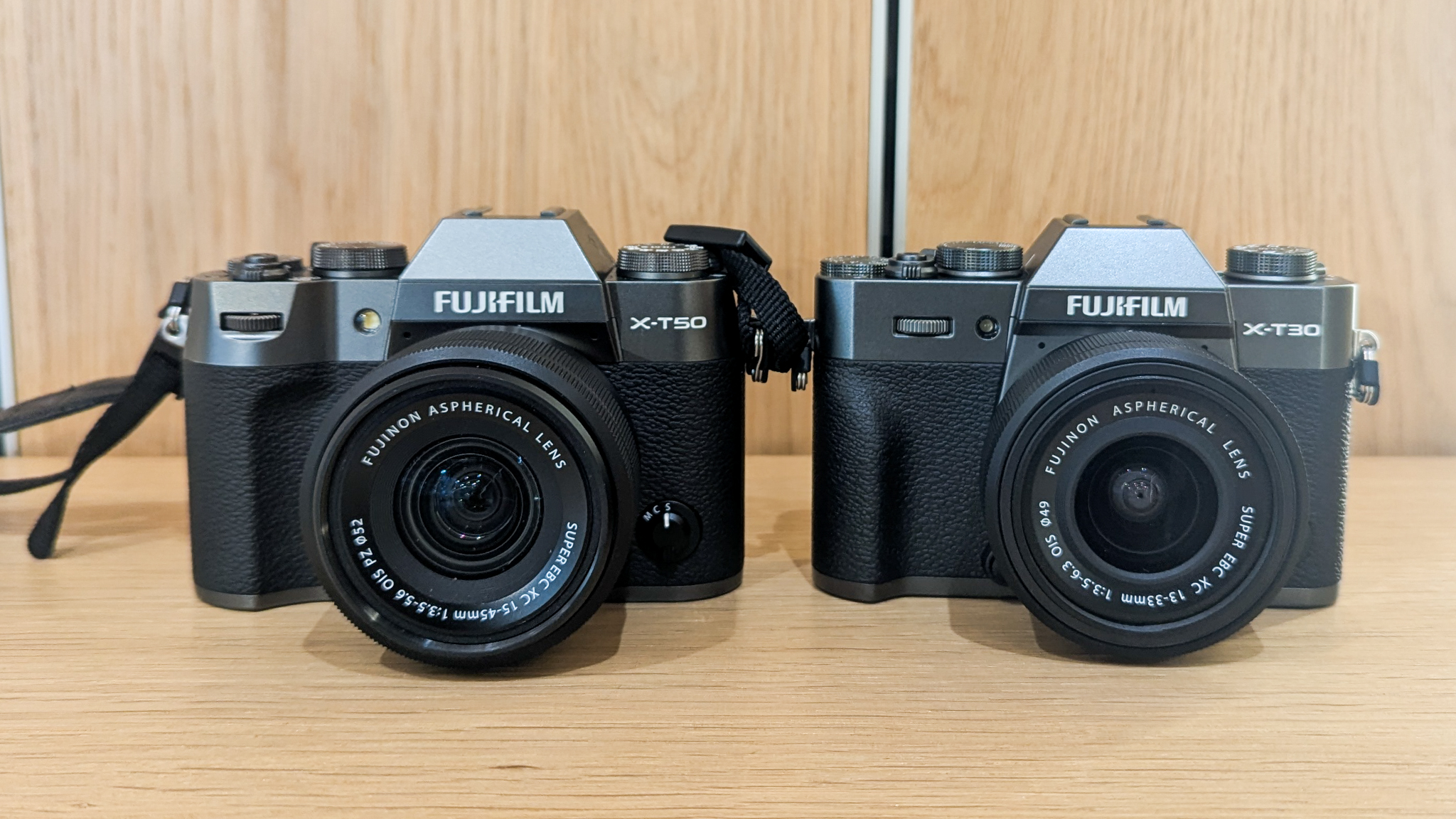
When Fujifilm’s representatives were telling me about the goodies packed into the Fujifilm X-T30 III, a simple thought popped into my head, “It’s a Fujifilm X-T50 but… weaker?” And that’s not a farfetched thought. The X-T30 III has borrowed a lot from its bigger sibling. It even features a built-in flash, making it one of three Fuji cameras with it.
But there is one major difference between the two cameras: the X-T30 III captures 26MP stills while the X-T50 has a bigger 40MP sensor. Thing is, not everyone needs a whopping 40 megapixels at their disposal. Yes, 40MP images are easier to crop into while retaining plenty of detail, but considering the X-T30 III is aimed primarily at families and casual photographers, 26MP is more than enough. It also results in a slightly more retro look than the high-res 40MP cameras, which many feel helps add to the "Fuji look".


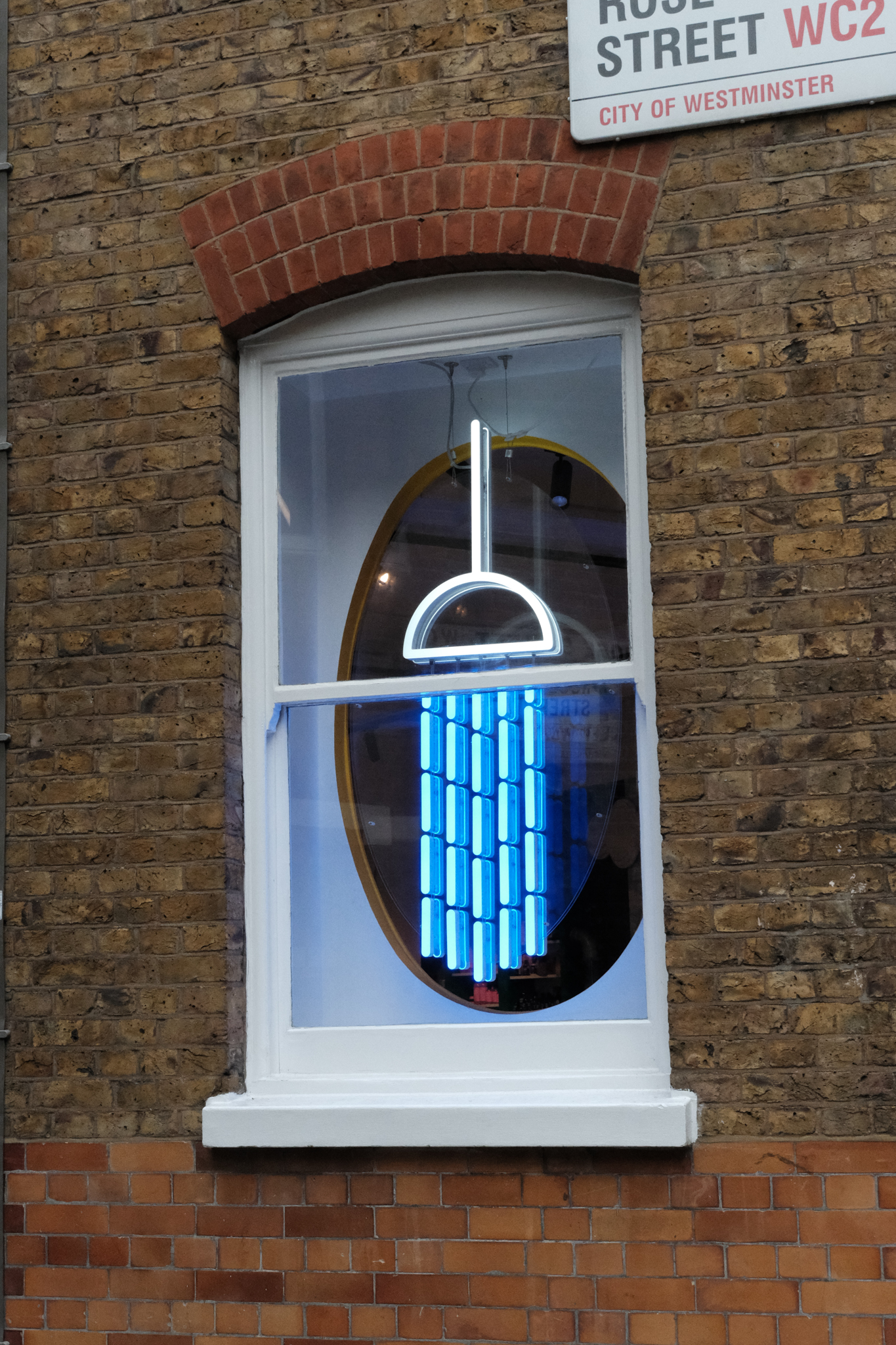



Another thing that sells the X-T30 III as a family camera is the fact that you can select aspect ratios based on Fuji’s Instax lineup of instant cameras. That means you can choose mini, Square and Wide aspect ratios, hook up the camera with an Instax printer, and print out your favorite snaps instantly. As someone who loves physical prints (and tests the best instant cameras), this is one feature I’m looking forward to testing the most when we get our review unit.
And remember that flash I spoke about? It’s better than it is on the X-T50. Fujifilm claims that the X-T30 III can now automatically adjust its built-in flash for improved low-light photography, and that it can boost shadows and balance them against highlights far better than any other camera, at the time of writing.
How about that new lens?
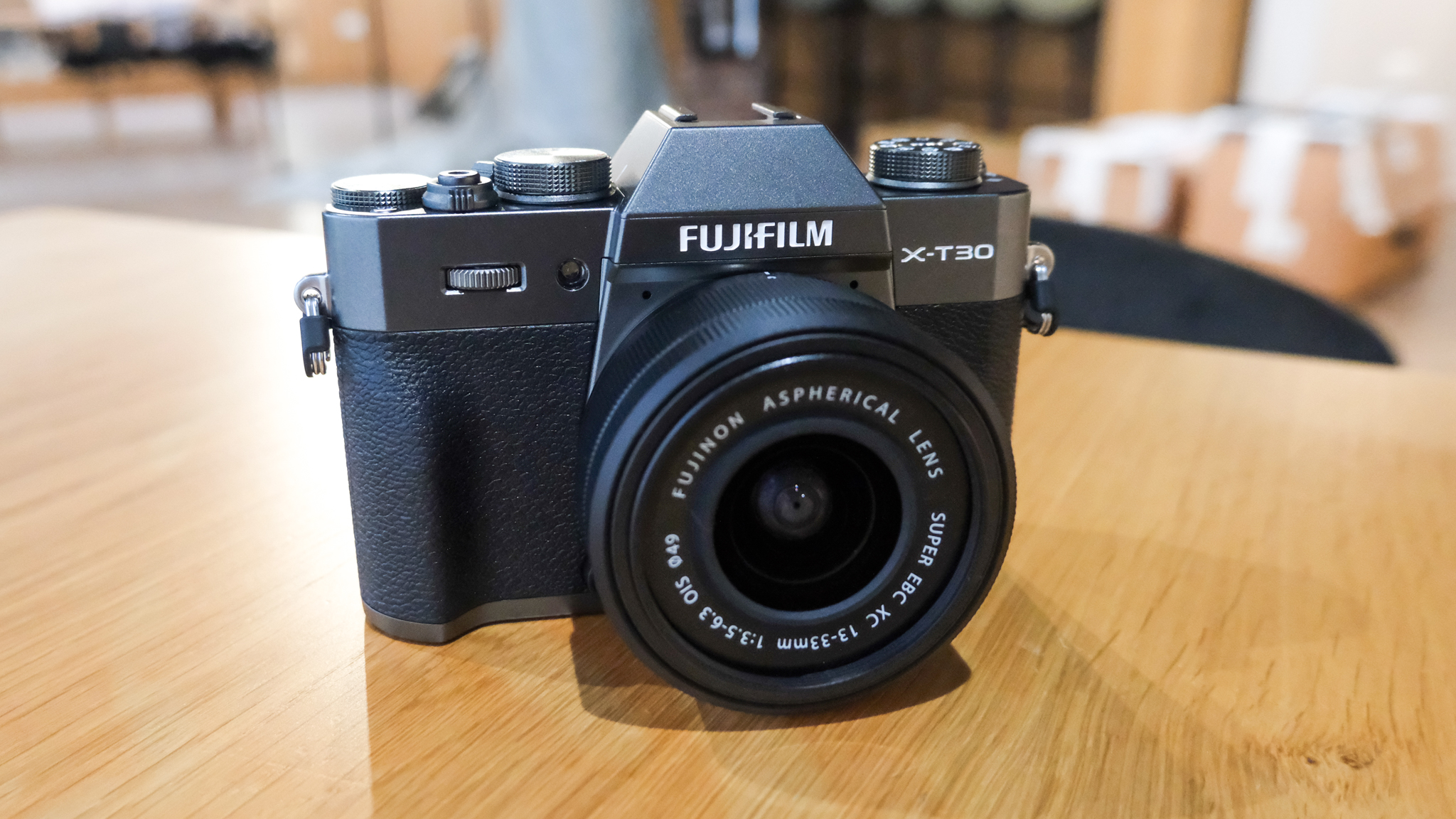
I don’t usually fawn over lenses in my camera reviews, but I want to quickly talk about the new XC 13-33mm F3.5-6.3 OIS kit lens that accompanies the Fujifilm X-T30 III. Fuji’s XC lineup of lenses is usually cheaper than the XF lineup because the former are made of plastic, and I haven’t always been fully sold on them — but I think the XC 13-33mm has just converted me.



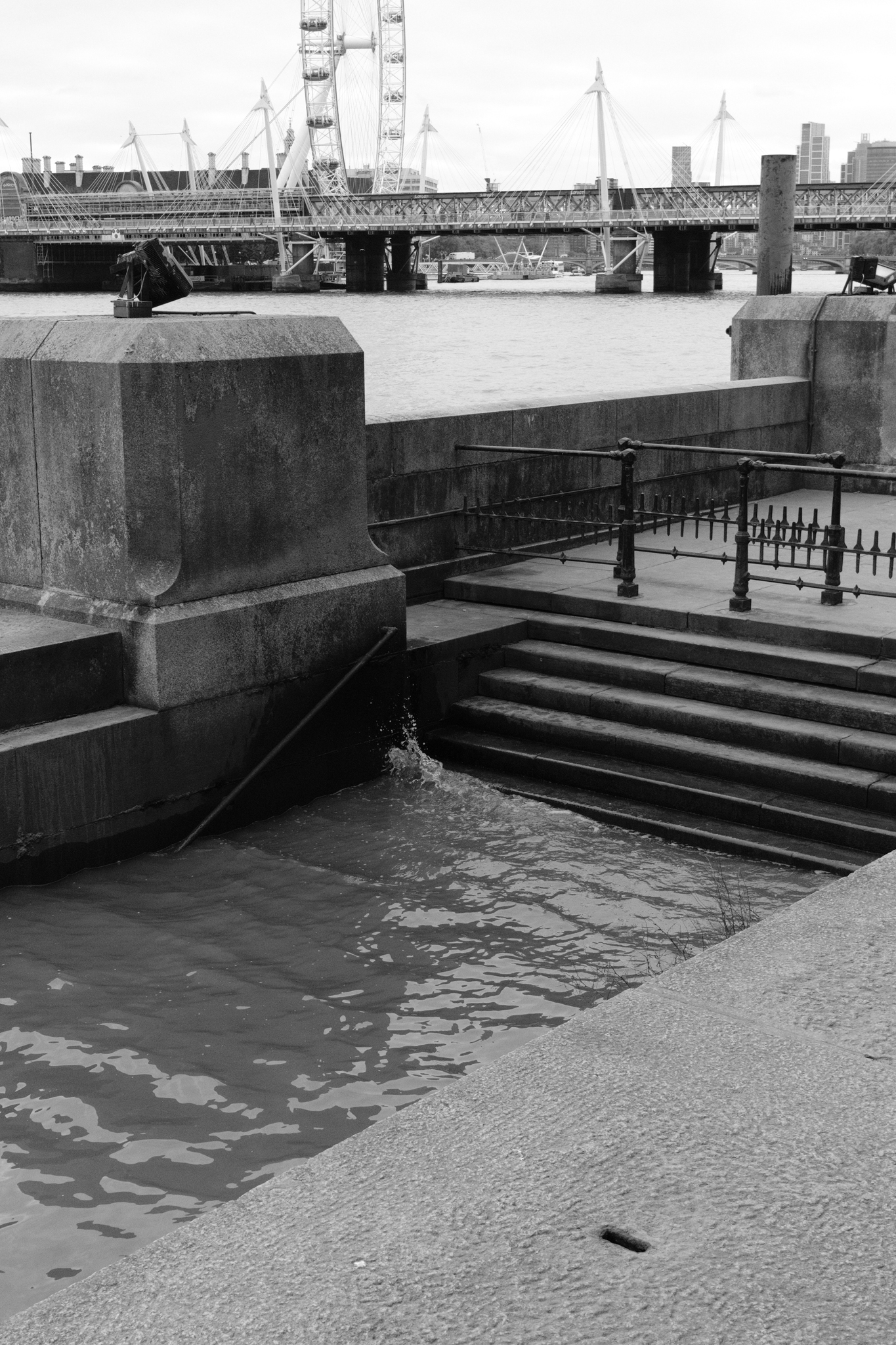

This is the first XC lens to adopt a manual retractable structure, similar to XF lenses, so unlike the XC 15-45mm lens for the X-T50, it isn’t a power zoom. That means there are no more annoying zoom sounds when you’re zooming in or out, and these won’t be present in any video recorded either.
I, personally, love the focal length Fuji has gone for here. At 13mm, it’s very wide and perfect for capturing sweeping landscapes, and at 33mm, it becomes a lovely lens for portraits. When flattened, the lens and body are very compact, and I was able to stash it into my jacket’s pocket when I wasn’t using the camera.
There is a small problem
There is one thing I’m particularly concerned about, though, and that’s the Fujifilm X-T30 III’s video capabilities. The camera can record 6.2K/30p or 4K/60p video. Does that sound familiar? That’s because the Fujifilm X-T50 can do that too, but that camera is pricier. There is another camera that can do the same, and that’s the Fujifilm X-M5.
The X-M5 is a vlogging-first camera, so it doesn’t have a viewfinder (which the X-T30 III does). Both cameras shoot 26MP stills, and neither is full-frame. They both have film simulation dials too. Both cameras also cost nearly the same, with the X-M5 kit carrying a retail price of $899 / £899. Sure, the X-M5 doesn’t have a brand new, non-power-zoom lens, but if both cameras are aimed at beginners, and you already own an X-M5, is it worth upgrading?
But because it has a viewfinder, the X-T30 III does make a compelling argument for those looking for a stills-oriented camera.
New camera, new price... old sensor
Another thing I'm slightly skeptical about is the X-T30 III's sensor. The X-T30 III and the X-M5 have the same X-Trans CMOS 4 BSI sensor. This is an old sensor now, and in fact it's the same sensor the X-T30 II utilizes.
The thing is, a fifth-gen 26MP sensor exists — and you'll find it on the Fujifilm X-H2S, which has a stacked BSI X-Trans CMOS 5 sensor that offers improved AF at higher shooting rates.
Admittedly, the X-T30 III camera doesn't really need that sensor as it's not a high speed shooter. But it would've been nice to see more fundamental updates to the core camera given the age of the X-Trans CMOS 4 and that the fact that at $999 body-only the X-T30 III costs a serious chunk more than the X-T30 II ($999 with a lens).
Exacerbating the issue is the fact that Fuji has a 26MP X-Trans CMOS 5 already at hand, with no other cameras in the lineup except the X-H2S are using it — using the 26MP X-Trans 5 wouldn't be stepping on the toes of other mid-range cameras.
Fujifilm X-T30 III: Outlook
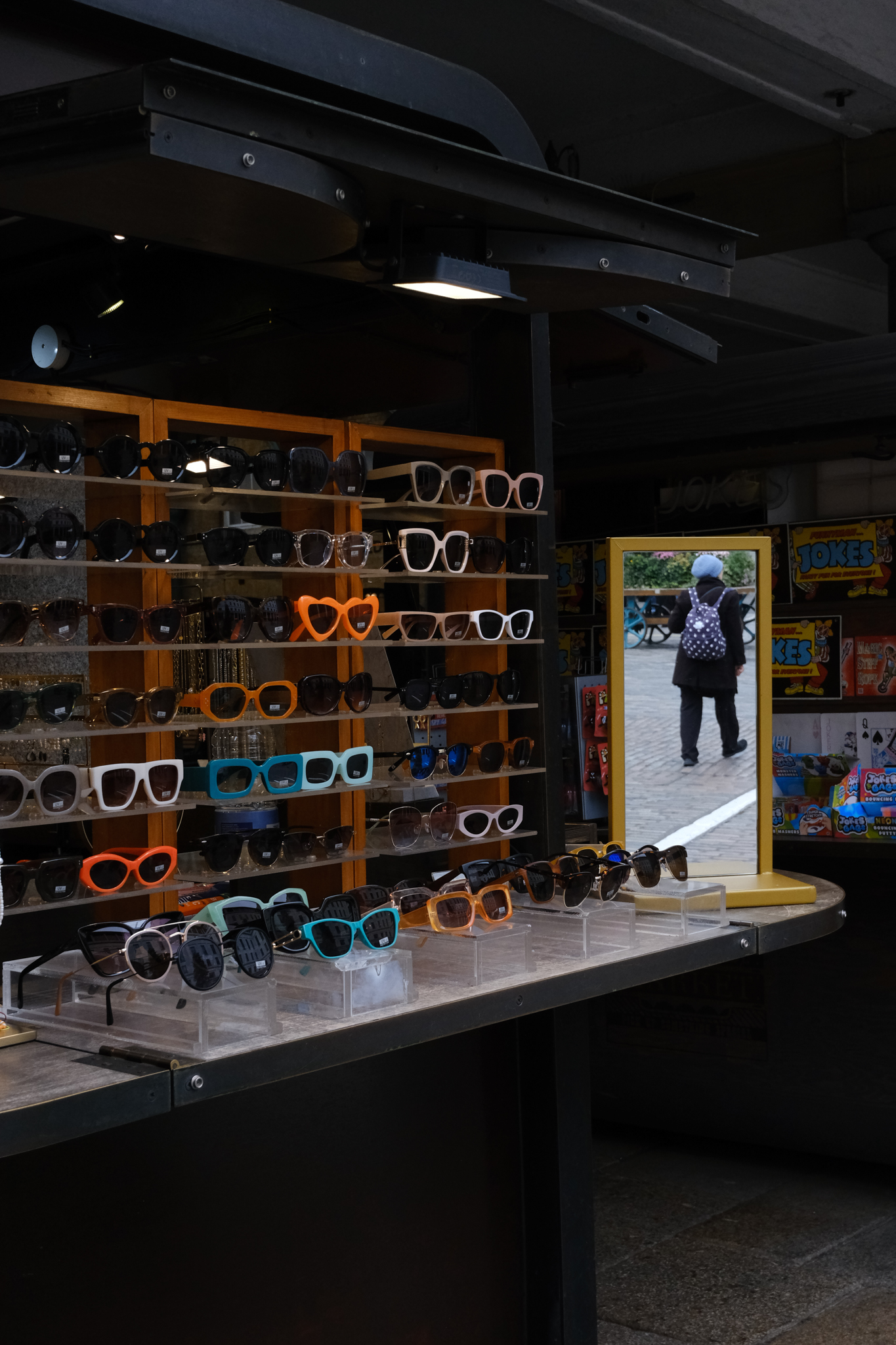

Visually and internally, the Fujifilm X-T30 III bears striking resemblance to its predecessor, the Fujifilm X-T30 II, as well as the more power X-T50. It takes stunning photos and should offer massively improved AF over the Mk II thanks to the X-Processor 5.
Not a lot has changed since the X-T30 II, though. So while the X-T30 III will no doubt be a fantastic camera with updates that bring it up to speed with 2025, it remains to be seen whether those updates will justify the increased price. We'll find that out once we test the camera fully for our review — at that point we will, of course, put the camera through our standardized array of tests. Keep an eye out for our full Fujifilm X-T30 III review!
The new Fujifilm X-T30 III will be available to buy from 20 November 2025. The body will be available for $999 / £829, and the kit with the lens will be available for $1,149 / £999.
Follow Tom's Guide on Google News and add us as a preferred source to get our up-to-date news, analysis, and reviews in your feeds. Make sure to click the Follow button!
More from Tom's Guide
- Best mirrorless cameras in 2025
- I’m a wildlife photographer but I forced myself to shoot the streets on the Fujifilm GFX100RF — here’s what happened
- I didn’t realize how much I loved the Fujifilm X-T50 until I photographed my trip to Iceland — and it blew me away

Nikita is a Senior Writer on the Reviews team at Tom's Guide. She's a lifelong gaming and photography enthusiast, always on the lookout for the latest tech. Having worked as a Sub Editor and Writer for Canon EMEA, she has interviewed photographers from all over the world and working in different genres. When she’s not working, Nikita can usually be found sinking hours into RPGs on her PS5, flying a drone (she's a licensed drone pilot), at a concert, or watching F1. Her work has appeared in several publications including Motor Sport Magazine, NME, Marriott Bonvoy, The Independent, and Metro. You can follow her photography account on Instagram here.
You must confirm your public display name before commenting
Please logout and then login again, you will then be prompted to enter your display name.

